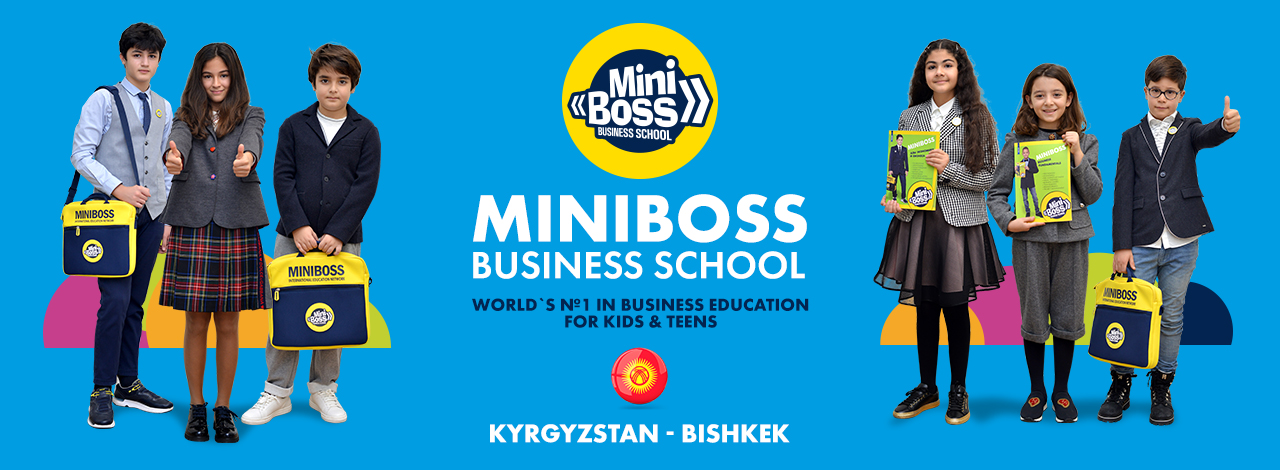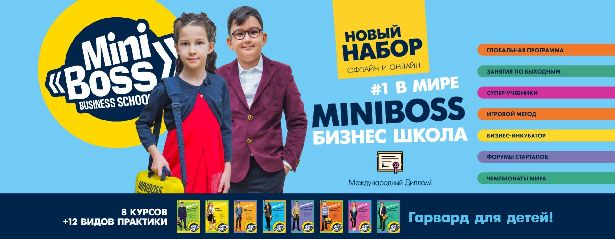
Working with people can be difficult. Those who have ever found themselves in a leadership position know that people can have different types of work ethic, different habits, different preferences or completely different reality perception. They might not respect deadlines, avoid work or start conflicts for reasons that elude your comprehension. There are different kinds of people and working with them can present all kinds of challenges. However, if you think that adults can be difficult, you should try working with children.
A different kind of leadership
The first day you start working with children, you will notice one thing — they have a lot of energy. You start wondering how a body so small can fit so much energy. And it just keeps coming. You’ll never hear a child say “I’m a little tired, think I might call it a day now.” No, they never stop. This, combined with their lower threshold of inhibition can pretty much drive you out of your mind. Children will keep asking you questions — from general, through personal, all the way to questions about the deepest mysteries of life — they will tell you stories that sometimes have very little, if any, logical cohesion, and they will insist on you repeating the same funny thing over and over again until you regret even doing it the first time when you thought it was ingenious. And that is all if they like you. If they don’t… Then hope that what doesn’t kill you makes you stronger.

To put it shortly, dancing to their tune won’t get you far. All these years in the adult world made you an amateur in their world. The goal hence is to help them channel that energy, but that doesn’t happen just by telling them what to do. Adults may listen to you because you’re their boss, but children have to like you and trust you to even consider what you’re telling them to do. This calls for an approach that is fairly simple but may not always come intuitively to us.
Creating a playground of communication
The first step is taking children seriously. Kids don’t think of themselves as “I’m just a child”.A problem or a question of a five-year old may seem insignificant to you, but to them, it’s their reality. It’s the only and the biggest thing they know and you need to acknowledge it. Why would they take you seriously if you don’t take them seriously? Only if you listen to them with true seriousness and respect will they ever listen to you. Taking a child seriously makes them feel safe, accepted and it shows them that there’s nothing wrong with them. And it’s the very same with your employees or team members.

Secondly, you have to keep them busy. A busy bee has no time for sorrow. You will never see a child so well-behaved as when they are occupied. But this is not as simple as it sounds. If a task, exercise or game is too simple or too easy, they’ll get bored pretty quickly. If it’s too complex or too difficult, they will give up. An ideal task is like an apple on a tree that is just a little bit outside their reach — low enough so that they can pick it, but high enough so that they have to stretch and stand on tiptoe to do it. Among the grown-ups, this is called the flow state.

Finally, as paradoxical as it may sound, children like clear rules. They like knowing what is allowed and what is not, what rewards and consequences there are and always knowing how things stand eliminates uncertainty. We don’t have to worry about what will happen. We don’t have to worry if someone is in the good mood today. Instead, we start shaping our work and our play inside of that structure. Well-designed rules don’t create limitations, they give us freedom.
Once you master working with children, working with adults can truly seem like child’s play. After all, every one of us was once a child and that child is still a central part of who we are today. If you address the needs and desires of that child, you will win the trust of the adult too.
Photo: MiniBoss Family Teambuilding in Bulgaria, summer 2018
A source



